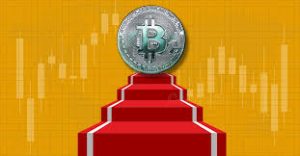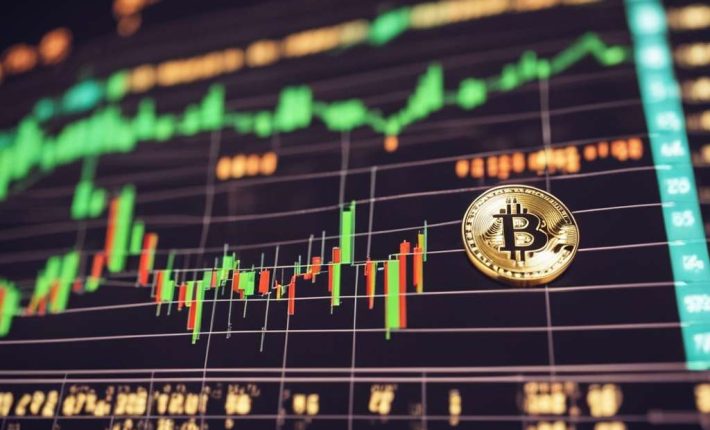Wander over bitcoin Twitter and you will find one question repeating like a chant: How high will Bitcoin climb? In debates and speculation, the issue of Bitcoin price prediction takes front stage. Still, hasty approximations usually prove useless. Rather, market cycles provide the best prism through which one may understand the price activity of the digital asset.

Let us first cut right to the point. Bitcoin behaves in cycles. These are repeated patterns based in investor psychology, supply dynamics, and more general economic events, not random swings. A halving event—where miner payouts drop by half—constricts the fresh coin count every few years. Halvings have been historically like rocket fuel. Though the date and scale have changed every round, prices increased sharply during the 2012, 2016, and 2020 halvings.
Any multi-year Bitcoin chart will show the peaks and valleys when you zoom out on it. Usually twelve to eighteen months following a halving event, peaks show up. For instance, at the end of 2017 Bitcoin jumped from $650 to around $19,500 following the 2016 halving. Halving in post-2020? Before falling once more, a jaw-dropping rise to approximately $69,000 by November 2021.
Not only are halvings causing the motion, though. Just as much of a factor as computer code is human behavior—greed, fear, FOMO. Retail and institutional investors flood bull markets. Headlines are screaming about all-time highs. Websites slow to a crawl exchange. Taxi drivers have advice on cryptocurrencies. The attitude in bear markets turns colder than in a February morning. Social media shuts down and conversation shifts to “crypto winters.”
Some people operate from the four-year cycle notion like a playbook. Riding the wake of April 2024’s halving, they estimate the next all-time high to strike somewhere between late 2024 and late 2025. Cycles do not, of course, repeat mechanically exactly. This is not a Swiss watch; macro elements like inflation, world politics, and monetary policy mix the pot and add uncertainty.
